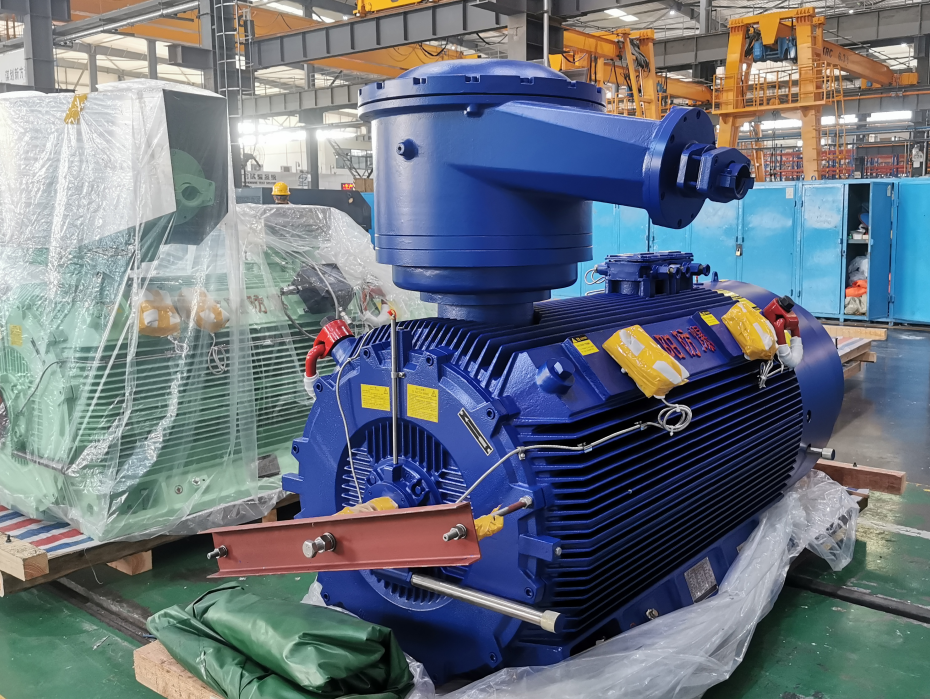High voltage motor speed is an important aspect of many industrial and commercial applications. High voltage motors are used in a wide range of industries from manufacturing and mining to energy production and transportation. The speed at which these motors operate is a key factor in their performance and efficiency.
When it comes to high voltage motor speed, there are some important considerations to keep in mind. First, the speed of the motor must be carefully controlled to ensure that it meets the specific requirements of the application. Whether it’s a conveyor belt in a production facility or a pump in a water treatment plant, motor speed must be fine-tuned for optimal performance.
In addition to precise control, the speed regulation of high-voltage motors also plays an energy-saving role. By running at the correct speed, the motor minimizes energy waste and reduces operating costs. This is particularly important in industries where energy consumption is a major expense, such as mining or manufacturing.
High voltage motor speed is typically controlled using dedicated motor drivers or variable frequency drives (VFD). These devices allow the operator to adjust the speed of the motor to meet the fluctuating needs of the application. By regulating the voltage and frequency of the motor’s power supply, the VFD can precisely control motor speed.
In some cases, high-voltage motors may also be equipped with feedback control systems to continuously adjust speed based on real-time operating conditions. This level of automation helps optimize motor performance and ensures the motor is always running at peak efficiency.
Overall, high voltage motor speed is an important factor in the operation of many industrial systems. By carefully controlling the speed of these motors, operators can achieve optimal performance, increase energy efficiency and reduce operating costs. As technology continues to advance, we can expect to see further innovations in high-voltage motor speed control and optimization.

Post time: Jan-24-2024

